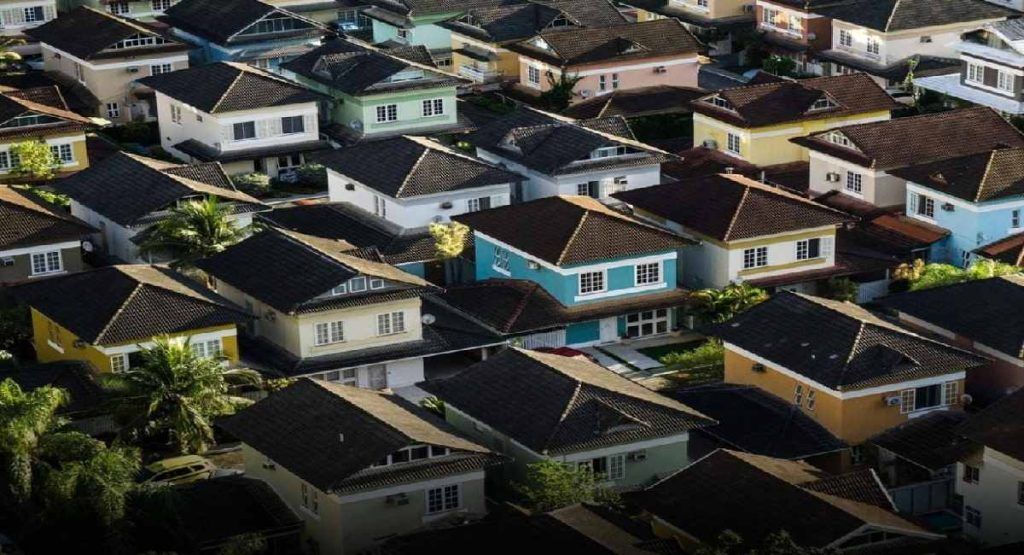The government of Telangana has appointed the Directorate of Town and Country Planning (DTCP) for Hyderabad as the Nodal agency responsible for enforcing the Cool Roof policy throughout the state’s Urban Local Bodies (excluding the GHMC and HMDA areas).
On Saturday, N. Satyanarayana, the Commissioner and Director of Municipal Administration (CDMA), issued orders.
In addition, the CDMA has provided ULB-specific targets for achieving the goals of the cool roof policy.
Municipal Commissioners of all ULBs have been instructed to adhere to a target-based approach and ensure compliance to implement the Cool Roof policy effectively.
They have also been directed to ensure that building applicants comply with the provisions of the Telangana Cool Roof policy from 2023 to 2028 and only issue Occupancy Certificates after thorough verification.
WHAT IS A COOL ROOF PROGRAM?
- It is a simple and effective way to dodge heat
- It’s aimed at saving energy, increasing thermal comfort, and reducing cooling demand
- The primary function is to reflect more sunlight on the roof back to the atmosphere
- This can be done using paints, tiles or other materials to reflect sunlight and retrofitted in an existing building
COOL ROOFING MATERIAL
These are coated with material or paint with high reflectivity on a conventional roof to increase the Solar Reflective Index
MEMBRANE COOL ROOFS
Pre-fabricated materials like membranes or sheets are used to cover the roof.
TILED COOL ROOFS
In this type, the High Albedo, ceramic mosaic tiles or shingles are laid on the convectional roof.
ADVANTAGES OF COOL ROOF
- It can save approx 600 mn units (Gwh) of electricity per year after 5 years with 300 sq km of cool roof area
- Retrofitting 100 mn sft of the roof has an effect on radiative forcing equivalent to a one-time offset of 10 tonnes of CO2
- If TS covers 300 sq km with cool roofs in 5 years, it can lead to a one-time carbon offset of 30 million 1CO2








